

NEW JERSEY
My Town

1 of 1


NEW JERSEY
My Town


1 of 1
For years one of my volunteer activities was helping the Herp Atlas Project, a multi-year effort to map the
distribution of all reptiles and amphibians in New Jersey. Whenever I did local (central Jersey) herping I submitted a
report with a description of any reptiles or amphibians found.
Right here in my town we have our own small swamp.
In early spring it’s wonderful to hear the quacking of Wood Frogs as they concentrate in the hundreds to chorus
and breed in the ice-cold water. They’re normally a rich, dark brown, but occasionally I see some nice coppery ones.
Of course, the place is full of Spring Peepers, madly calling so loud you can hear them half a mile away. But just
try to spot them; it’s nearly impossible, and always frustrating. I’ll be standing there, in the midst of a deafening
chorus, surrounded by invisible frogs. Finally, I tracked one down and discovered the secret of their disappearing act:
in addition to their tiny size and cryptic camouflage, the little cheaters were calling from underneath dead leaves lying
on the ground!
Painted Turtles are common, sometimes leaving the water to wander through the surrounding woods.
Other residents of our swamp include Spotted Turtles; however, their spots are hard to spot. The high iron
content of the water, and the muddy bottom where they overwinter, discolors their shells and obscures their spots.
We also have a nearby marshy area with a local population of endangered Bog Turtles (Clemmys muhlenbergii). I
have yet to see one, but thought I came close when I found this turtle. Turned out to be another unspotted Spotted.
One January day I’m passing the marsh. Just a few days before, temps had been down to 16° F, but on this
afternoon it shot up to the 60s. So, as I’m driving by, there in the road is a small, rounded shape that at any other time
of year could be a turtle, but certainly not in January. Still, worth turning the car around to double-check . . .
Well, shook my head, scooped him up (another unspotted Spotted) and set him back in the bog. As my brother
Ron said, “What part of ‘hibernate’ did it not understand?”
This hatchling Snapper came from the same marsh, though these turtles are found nearly everywhere close to
water in our area. Another species that mucks about the bottom of our wetlands is the small and smelly Stinkpot.
There’s also a pond not far from home that has many Painted Turtles, a few Water Snakes, and a single Red-
bellied Turtle.
The snakes usually stay close to shore among the weeds, but every so often they just take off and swim across
open water to reach the other side.
The carapace (upper shell) of Red-bellieds is usually black, but this one is covered by a coat of brown algae.
There’s also a mixed population of Red-bellieds, Painteds, and Red-eared Sliders (Trachemys scripta elegans) at a
local lake.
Occasionally herps will even show up in my yard. Box Turtles are not uncommon, but this one was
uncommonly beautiful.
I also have resident Garter Snakes that periodically make an appearance. This one is fairly typical . . .
. . . while this one is unusually red.
Red-bellied, Red-eared Slider, Painted Turtle
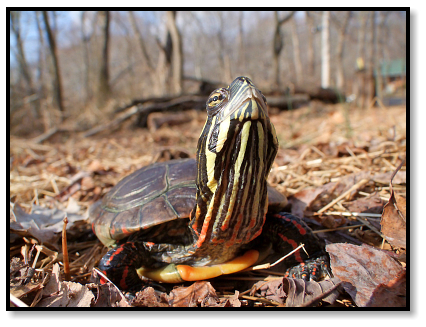

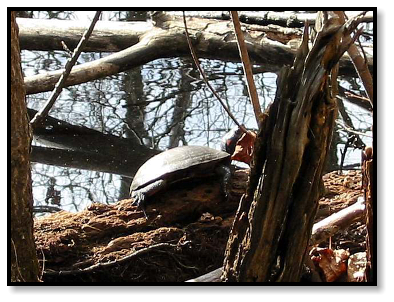
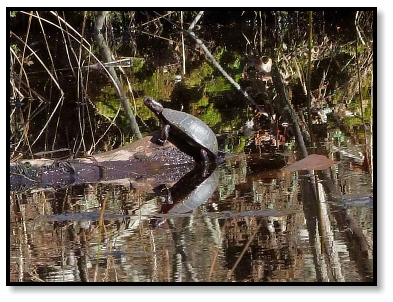
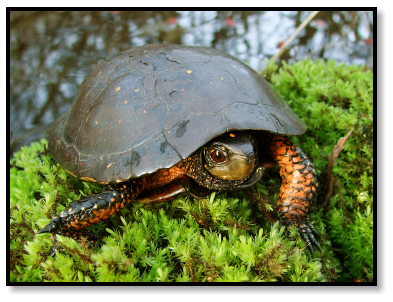
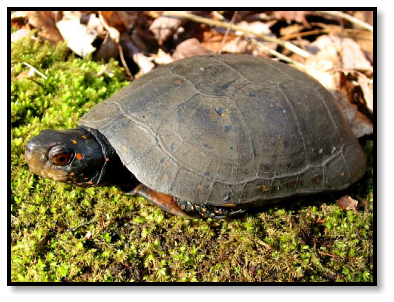
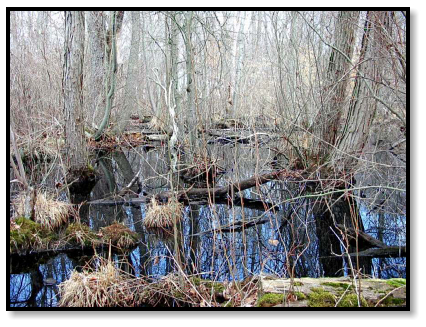
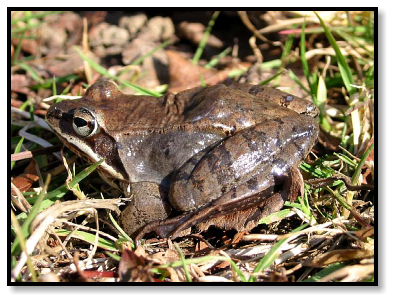
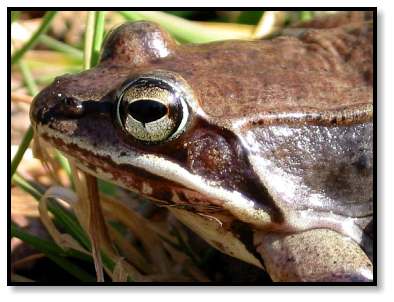
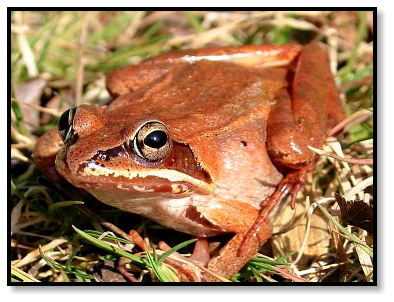
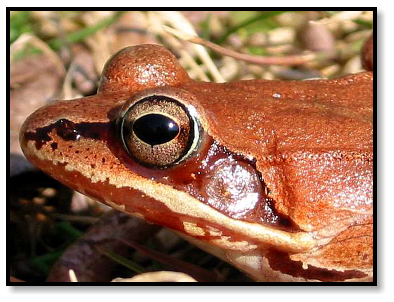
Wood Frog
Rana sylvatica
Northern Spring Peeper
Pseudacris c. crucifer
Eastern Painted Turtle
Chrysemys picta picta
Spotted Turtle
Clemmys guttata

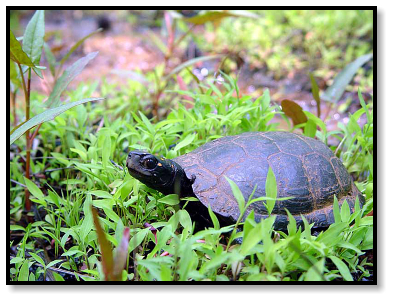
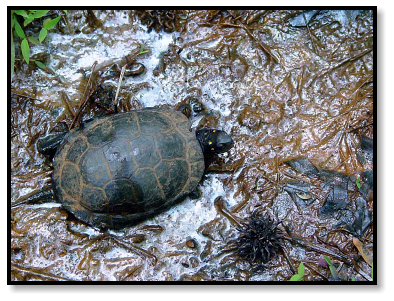
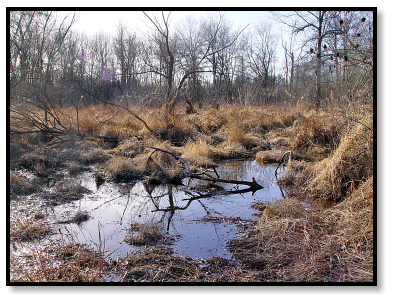
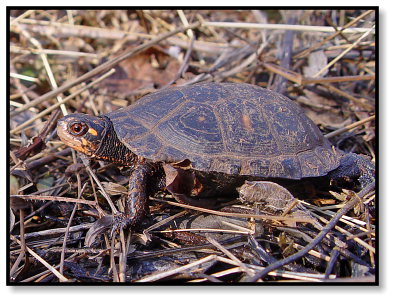
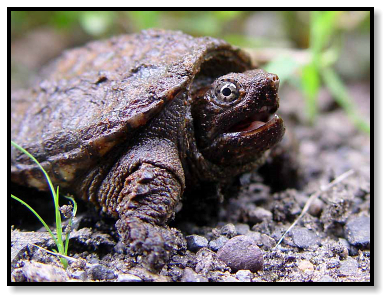
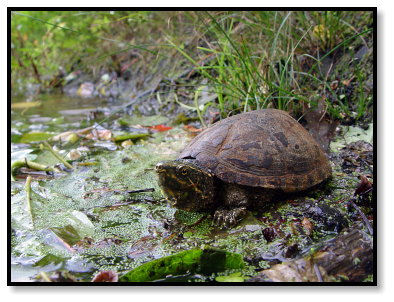
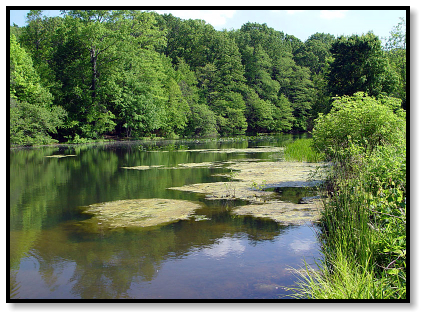
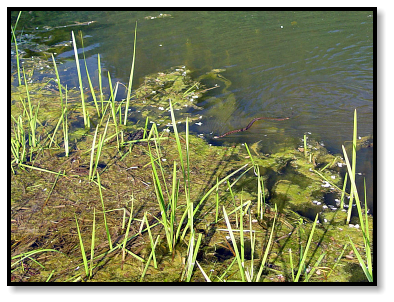

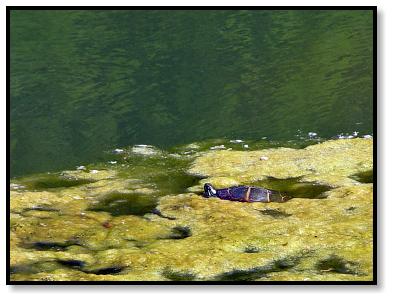
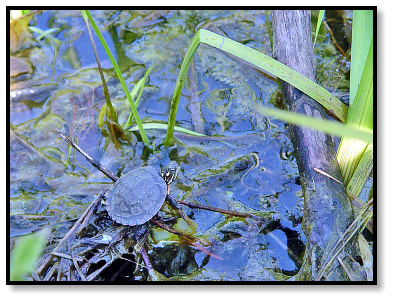
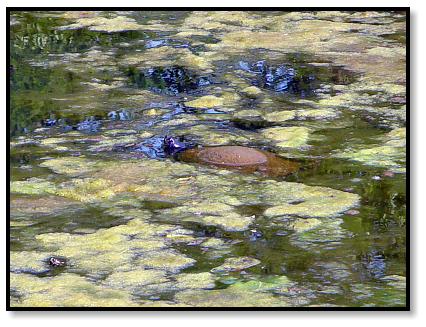
Snapping Turtle
Chelydra serpentina
Common Musk Turtle (Stinkpot)
Sternotherus odoratus
Northern Water Snake
Nerodia sipedon
Red-belliedTurtle
Pseudemys rubriventris
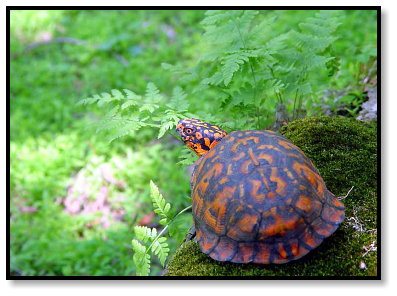


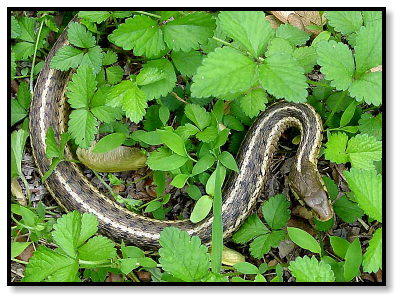
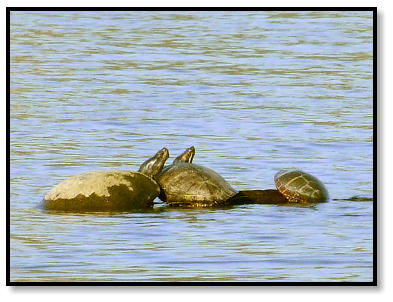
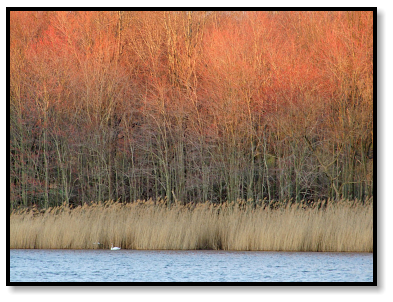
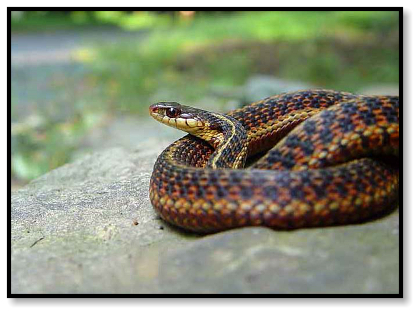


Eastern Box Turtle
Terrapene carolina carolina
Eastern Garter Snake
Thamnophis sirtalis sirtalis







